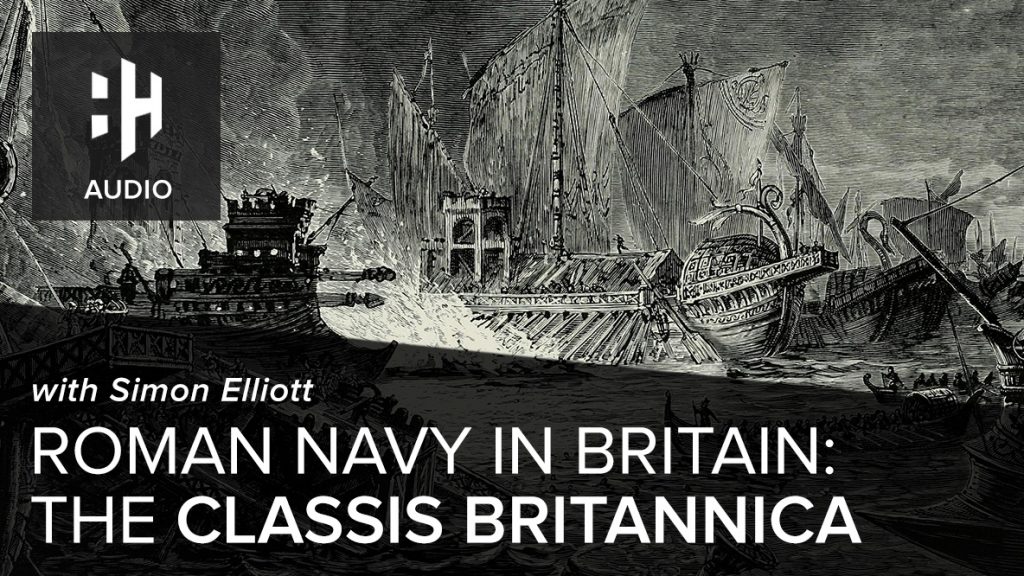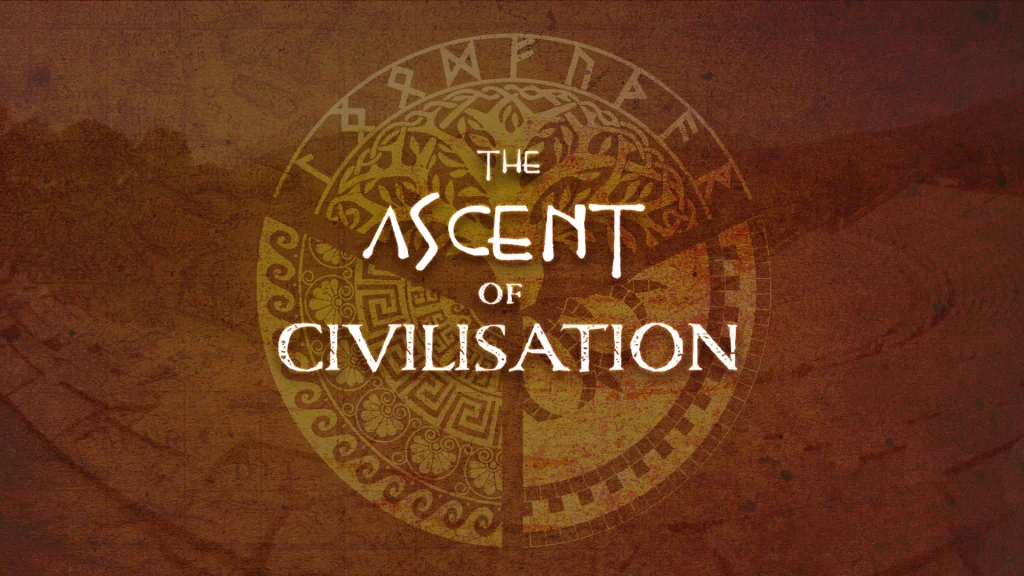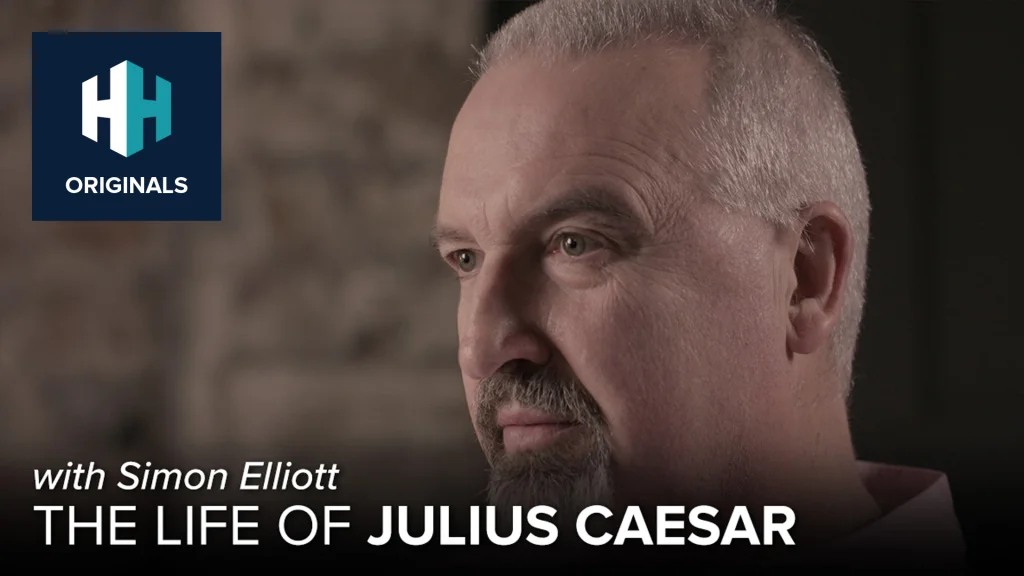A bust of Emperor Claudius. The Classis Britannica was formed out of 900 ships that were built for Claudius’ invasion of Britain in 43 AD. Credit: Marie-Lan Nguyen / Commons
This article is an edited transcript of Roman Navy in Britain: The Classis Britannica with Simon Elliott available on History Hit TV.
 Listen Now
Listen NowIn the days of the early Roman Empire, what is known as the Principate, the Romans might have used one huge navy or an ad hoc navy, for instance during the Punic Wars or the Hellenistic Wars. Later on, from the age of Augustus onwards, they changed that system to a series of regional fleets.
The Romans used 10 regional fleets to cover different geographic areas. There was a Classis Alexandrina in Egypt and a Classis Germanica in Germany, while the Classis Britannica was the British equivalent.
The British regional fleet was created from the 900 ships built for the Claudian invasion in the year 43 AD and staffed by about 7,000 personnel. It remained in existence until the mid-3rd century when it mysteriously disappears from the historical record.
When Caesar was fighting his campaigns against the coastal Gauls in the 1st century BC, he initially employed large polyreme galleys from the Mediterranean, but later copied Gallic ship designs, which were better suited to the rough waters.
We know from sculptures and carvings and from the written record that the main fighting platform of the Classis Britannica was the liburnian bireme.

A cast of a relief on Trajan’s Column in Rome which depicts liburnian biremes of the Danube fleets during Roman Emperor Trajan’s Dacian Wars.
These were much smaller than the polyreme galleys. They might have had a ram and one or two ballistas, as well as a castle mounted on the rear.
A bireme would have two decks of oars, so those ships were much smaller than the quinqueremes and polyremes used in the Punic Wars, and consequently much better suited to use in coastal waters.
Caesar later copied Gallic ship designs, which were better suited to rough waters.
The navy’s combat role in Britannia wasn’t fighting symmetrical conflicts against opponents in the open ocean; it was instead focused on providing coastal support to land forces.
It worked very closely with the legions under the Roman general Gnaeus Julius Agricola, who led much of the Roman conquest of Britain, and, later, under Emperor Septimius Severus.
For the majority of the Roman Empire’s duration, Britain had an excessively large military presence. In the 2nd century, around 12 per cent of the empire’s entire military presence was located in what amounted to roughly 4 per cent of its geographical area.

The Roman Empire in 117 AD, during the rule of Emperor Trajan (clients in pink).
The fleet’s military role
Agricola’s Scottish campaign involved marching into Scotland with legionary spearheads, who followed a coastal route, with the Classis Britannica bolted onto the maritime flank to provide support and supplies.
While the legionary and auxiliary spearheads smashed their way through enemy territory, the fleet was creating fortified harbours ahead of them, preparing a base and a set of stores.
For the majority of the Roman Empire’s duration, Britain had an excessively large military presence.
There was a process of legionary and auxiliary spearheads pressing forward and then linking up with the fleet at the end of the day’s march.
 Watch Now
Watch NowSince the fleet controlled the littorals (regions lying along the shore), there was no way for the Caledonians, a Scottish tribal confederation, to flank the Roman spearhead. Smaller cutters and skiffs would meanwhile scout ahead, while behind them the more ponderous merchantmen would carry supplies.
The geography of Britain is suitable for that form of warfare because there is a spine of mountains in the middle with plenty of rivers as you move up the mainland.
While the legionary and auxiliary spearheads smashed their way through enemy territory, the fleet was creating fortified harbours ahead of them.
If you look at the Claudian campaign of conquest, there was a river-crossing battle over the Thames, which enabled the Romans to get into Essex and on towards Colchester. Claudius arrived, brought over by the Classis Britannica, and the Roman province of Brittania was declared.
 Watch Now
Watch NowThe importance of the navy
The campaigns of later emperors, such as Vespasian, also followed a coastal route. When Vespasian’s legions moved along the south coast, the navy was attached to the flank at all times.
Those campaigns ranged from the Bristol channel to Wales and the Irish Sea to campaigns against the Brigantes. Campaigns also took place on both Britain’s east and west coasts. One important constant, however, was the use of naval support. The Classis Britannica is a huge aspect of Roman Britain that hasn’t really been touched upon before.
Historian Nick Rodger points out in at least a couple of his books that the only successful invasions of Scotland have been naval invasions. A strong army was needed, naturally, but naval support would also be needed on its flanks. There were several major Roman campaigns into Scotland, but they never fully captured it.

A map showing Agricola’s British campaigns. Credit: Notuncurious / Commons
Agricola’s campaigns into Scotland were made famous by the source Tacitus, and mark the first time that the historical record tells of Britain being circumnavigated by the Classis Britannica.
There was another major period of campaigning that Severus mounted in the early 3rd century with around 60,000 men, during which he increased the storage capacity at South Shields – a major base for the Classis Britannica – by 10-fold, to enable the fighting.
The Classis Britannica is a huge aspect of Roman Britain that hasn’t really been touched upon before.
It was a desperately hard period of campaigning and lasted for more than two years.
While there was no political will for the Romans to actually remain in Scotland and to fully conquer the north of Britain, after that campaign there were 80 years of peace on the northern border – the longest period of peace in that region in the pre-modern era.















